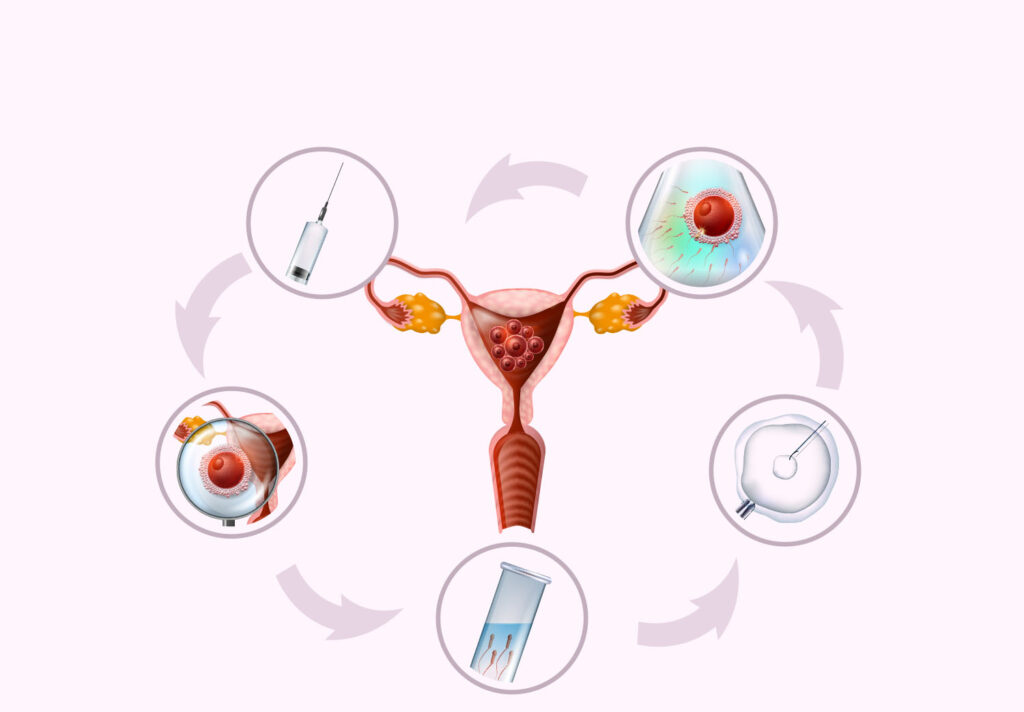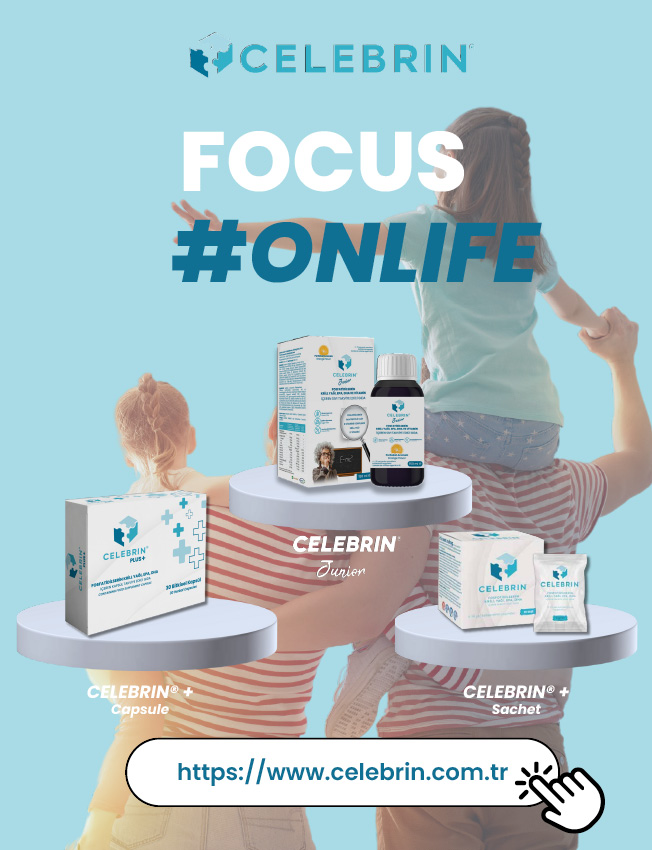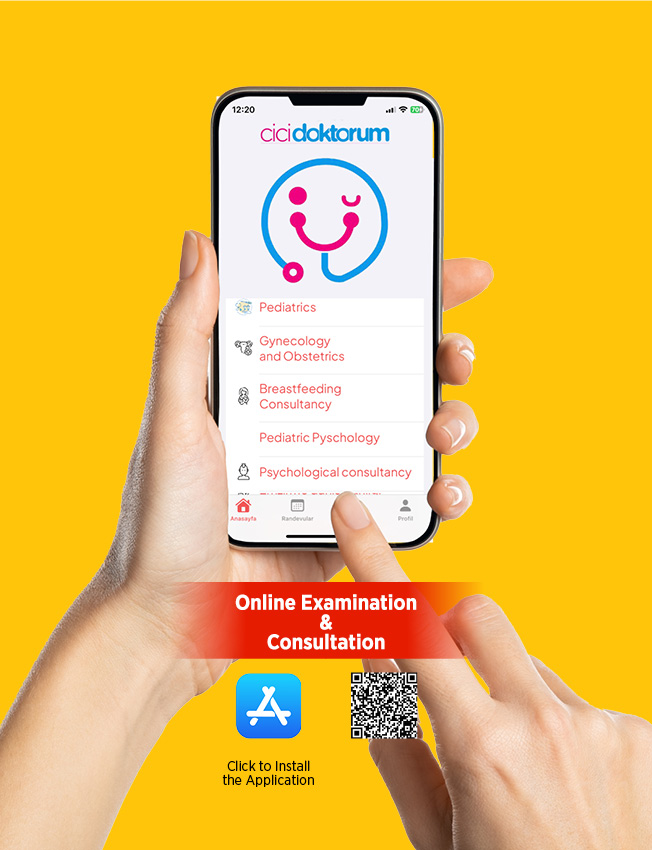What is IVF (In Vitro Fertilization)?

IVF, or In Vitro Fertilization, is a reproductive technology used to assist couples who are unable to conceive naturally. This treatment method has been developed to help couples achieve their dream of having a baby. IVF is a reproductive technology that revitalizes couples’ hopes and provides them with the opportunity to have children.
IVF treatment helps couples overcome the challenges they face in the process of becoming parents. This method involves fertilizing eggs retrieved from the woman’s ovaries in a laboratory environment and transferring the resulting embryos into the uterus. This allows couples to have the chance to conceive a biological child.
IVF has helped many families overcome difficulties and has brought together numerous happy families. It is a significant step that changes lives and is expected to continue evolving to provide hope to even more couples in the future.
IVF Treatment Methods
IVF treatment is tailored to the individual needs and medical conditions of the couple. It includes various methods such as In Vitro Fertilization (IVF) and Intracytoplasmic Sperm Injection (ICSI).
What is ICSI and How Does it Differ from Standard IVF?
There are two methods for fertilizing eggs during IVF. In ‘standard’ or ‘traditional’ IVF, sperm is prepared from a semen sample in the laboratory and then combined with eggs in a medical dish. This method relies on the natural mechanisms for sperm to transfer its genetic material into the egg.
In ICSI, cells surrounding the egg are removed, and a single sperm from the prepared semen sample is selected and injected into the egg using a special microscope and micromanipulation equipment. The remainder of the procedure is the same as traditional IVF.
Who Should Definitely Consider ICSI?
ICSI is a technique that increases the chances of success in IVF treatments. Often, the choice of method is based on the male’s semen analysis. When sperm quality is low, traditional IVF (often simply referred to as ‘IVF’) may assist in achieving pregnancy, but it increases the risk of fertilization failure and embryo non-formation.
ICSI significantly reduces the risk of fertilization failure and increases success rates in these cases. ICSI is recommended if the semen analysis shows low sperm count, low motility, or a high percentage of abnormally shaped sperm. It is also necessary if sperm must be surgically retrieved from the testes.
Frozen egg IVF treatments will always require ICSI, as the freezing process alters the outer surface characteristics of the eggs, making them less permeable to sperm.
If there was no fertilization in previous IVF attempts or if the fertilization rate was very low, ICSI should be preferred.
What Are the Advantages of ICSI?
While ICSI does not guarantee fertilization, it reduces the likelihood of a cycle where none of the eggs are fertilized. It can also increase the number of viable embryos, allowing for the selection of the best quality embryos or freezing any remaining embryos.
What Are the Disadvantages of ICSI?
Especially in cases with very few eggs, total fertilization failure can still occur. Few genetic and developmental abnormalities are associated with ICSI, but these are often related to the underlying infertility rather than the ICSI process itself.
How Are Ovaries Stimulated Before IVF and ICSI?
One of the key factors affecting the success of IVF treatments is embryo quality. Embryo quality is directly related to the quality of the male and female reproductive cells. Therefore, to achieve optimal success in treatment, high-quality and sufficient number of eggs must be obtained. This is closely related to selecting the appropriate Controlled Ovarian Hyperstimulation (COH) protocol for the patient.
The goal of COH is to obtain an ideal number and quality of eggs from the ovaries in the same cycle. The aim is to develop a high number of follicles. The better the woman’s egg reserve, the more follicles can be developed, resulting in a higher number of eggs obtained. The eggs retrieved from the follicles are combined with sperm from the partner in the embryology laboratory.
Other Assisted Reproductive Techniques Used in IVF
Genetic testing is used to examine the genetic structure of embryos. This allows for the detection of genetic disorders and the selection of healthy embryos. This method offers couples the chance to transfer high-quality embryos and achieve a healthy pregnancy.
Another technique is embryo selection, which evaluates the morphological and genetic characteristics of embryos to choose the most healthy and successful one. This method increases the chances of pregnancy and ensures the transfer of the most suitable embryo.
Embryo freezing is also a commonly used technique in IVF treatments. It involves freezing excess embryos for later use. This allows for multiple IVF attempts and preserves the quality of the embryos.
These assisted reproductive techniques offer couples more options and chances of success. The use and planning of these techniques should be tailored to each couple’s situation. With the guidance of an expert doctor, couples can select the most suitable treatment method and achieve a healthy pregnancy.
—









